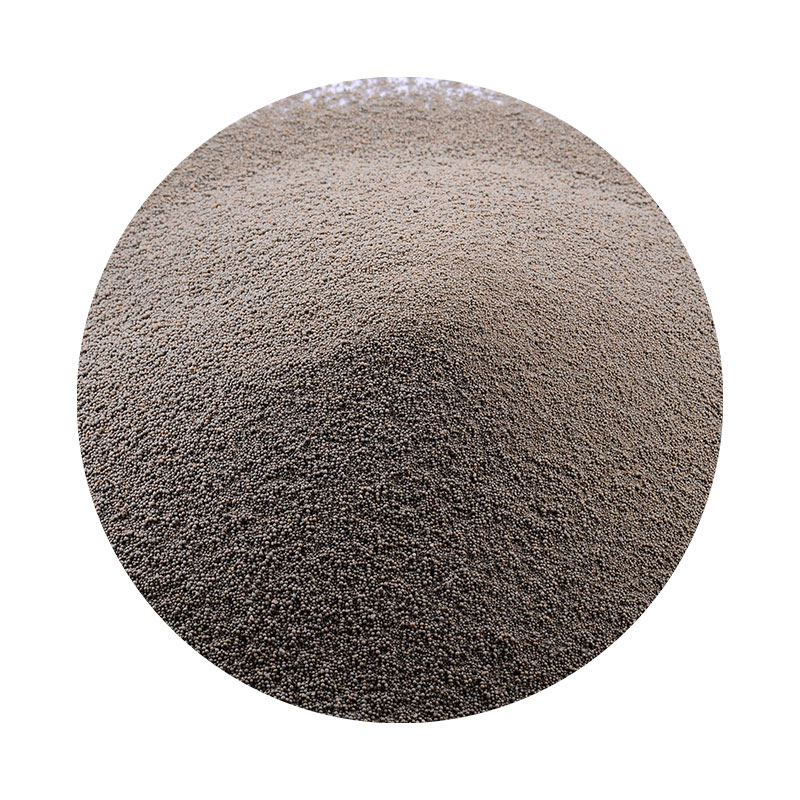Materials Used in Sand Casting
Sand casting is one of the oldest and most versatile metal casting processes, where molten metal is poured into a mold made from sand. This method has been utilized for thousands of years and continues to be popular in the manufacturing industry due to its cost-effectiveness and flexibility in producing complex shapes. A significant aspect of the sand casting process is the materials involved, which play a crucial role in determining the quality, precision, and efficiency of the finished products.
1. Sand
The primary material used in sand casting is, unsurprisingly, sand. The most commonly used type of sand is silica sand, which has the right balance of properties that make it suitable for casting. Silica sand is abundant, inexpensive, and has good thermal resistance, enabling it to withstand high temperatures without melting or deforming.
To improve its molding properties, silica sand is often mixed with additives. One such additive is clay, which helps bind the sand grains together, enhancing the mold's strength and preventing sand from breaking apart during the pouring of molten metal. Bentonite clay is widely used due to its excellent bonding capabilities.
2. Binder Materials
In addition to clay, other binding agents may be included in the sand mixture to improve performance. Organic binders, like phenolic resins, are becoming increasingly popular as they provide stronger bonds and reduce the need for additional chemicals. These materials enhance the resilience and durability of the molds, leading to fewer defects in the final casting.
3. Moisture Content
Water is another vital component in the sand mixture. It is added to the sand to ensure proper compaction and to create effective molds. The moisture content is crucial as it affects the workability of the sand and its bonding capabilities. However, excessive moisture can lead to defects, such as steam explosions when molten metal meets water, while too little moisture can result in weak molding sand that does not hold shape adequately.
4. Metal Alloys
materials used in sand casting

The choice of metal alloys is integral to achieving desired mechanical properties in the cast product. Common metals used in sand casting include aluminum, iron, and zinc. Each of these metals has specific characteristics that make them suitable for a variety of applications.
- Aluminum Alloys Known for their lightweight and corrosion-resistant properties, aluminum alloys are often used in the automotive and aerospace industries. They provide a favorable strength-to-weight ratio, making them ideal for high-performance applications.
- Cast Iron Cast iron is a traditional material used in sand casting due to its excellent fluidity, wear resistance, and machinability
. It is commonly used in industrial applications, including engine blocks and pipes.- Zinc Alloys Zinc is commonly used in applications requiring good corrosion resistance and excellent casting characteristics. It is often used for small parts like fasteners, hardware, and intricate components in the consumer goods industry.
5. Additives and Recyclables
Apart from binders and moisture, additives are sometimes included in the sand blend to enhance the properties of the final cast. For instance, additives like graphite can be introduced to improve fluidity and reduce defects. Furthermore, many foundries recycle used sand, mixing it with newer material to minimize waste and reduce costs.
6. Coatings
To facilitate the mold-making process and prevent the molten metal from sticking, coatings are often applied to the mold surfaces. These coatings help improve the finish of the cast and can prevent oxidation. Common coating materials include graphite and zircon sand, both of which provide excellent release properties.
Conclusion
In summary, the materials used in sand casting play a pivotal role in defining the quality and efficiency of the manufacturing process. From the base sand and binders to the choice of metal alloys and additives, each element contributes to the success of the casting. As technology advances, innovations in materials and processes will continue to evolve, enhancing the capabilities of sand casting and expanding its applications across various industries. As manufacturers seek to produce lighter, stronger, and more complex components, understanding and utilizing the right materials in sand casting will become increasingly critical.
Post time:нов . 10, 2024 08:47
Next:Exploring the Use of Sand in 3D Printing Innovations and Applications
